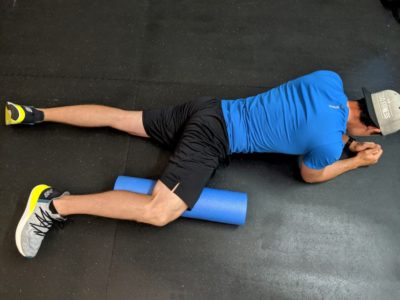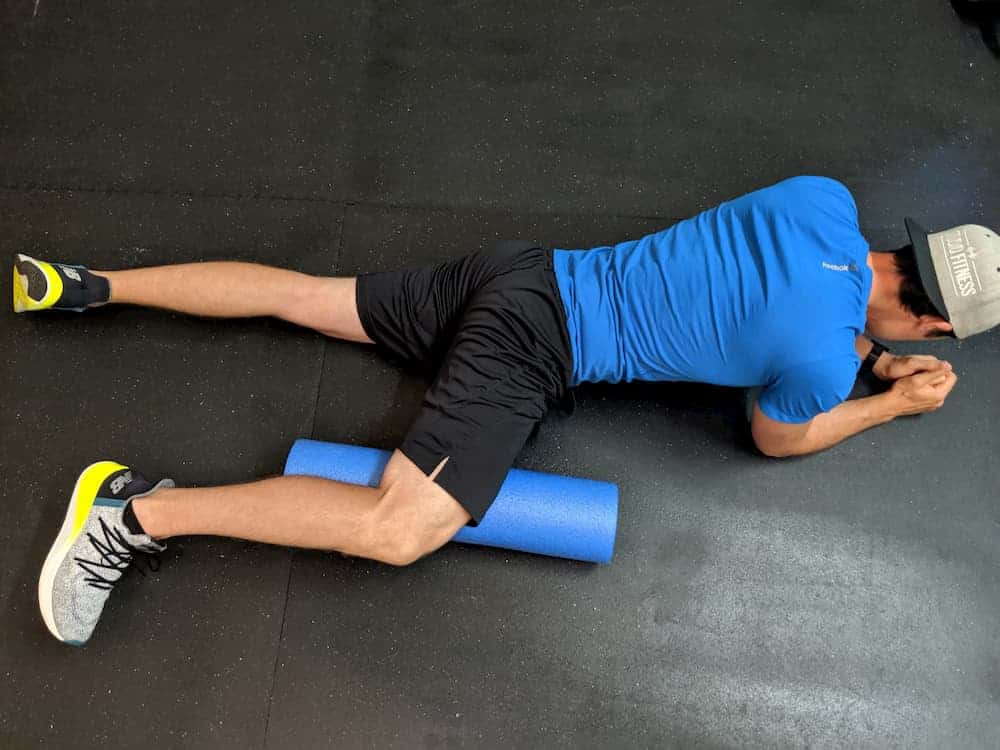
If you have been around the fitness community for any length of time, you have inevitably seen someone rolling around on the ground with what looks like a giant hair curler. Most people look like they are in serious amounts of pain while they roll out their calves like cookie dough. But what the heck are they doing? They are using what is commonly referred to as a Foam Roller to “stretch” or “roll out” their muscles. But what is foam rolling and is it really effective? I’m glad you asked.
Where did Foam rolling start
The foam roller was patented back in the 1900s. It was first introduced to the fitness industry by the National Association of Sports Medicine or NASM. Foam rolling has been said to be an effective way to stretch out muscles and increase mobility before and after a workout.
Foam rolling works by applying concentrated pressure onto a muscle or group of muscles. When the pressure is applied to the muscle it will restrict the blood flow and oxygen to that area. It has been said that foam rolling can be considered a form of self-myofascial release therapy. While Myofascial release therapy is traditionally performed by a highly specialized and licensed professional, the combination Foam rolling with release therapy can go hand in hand.
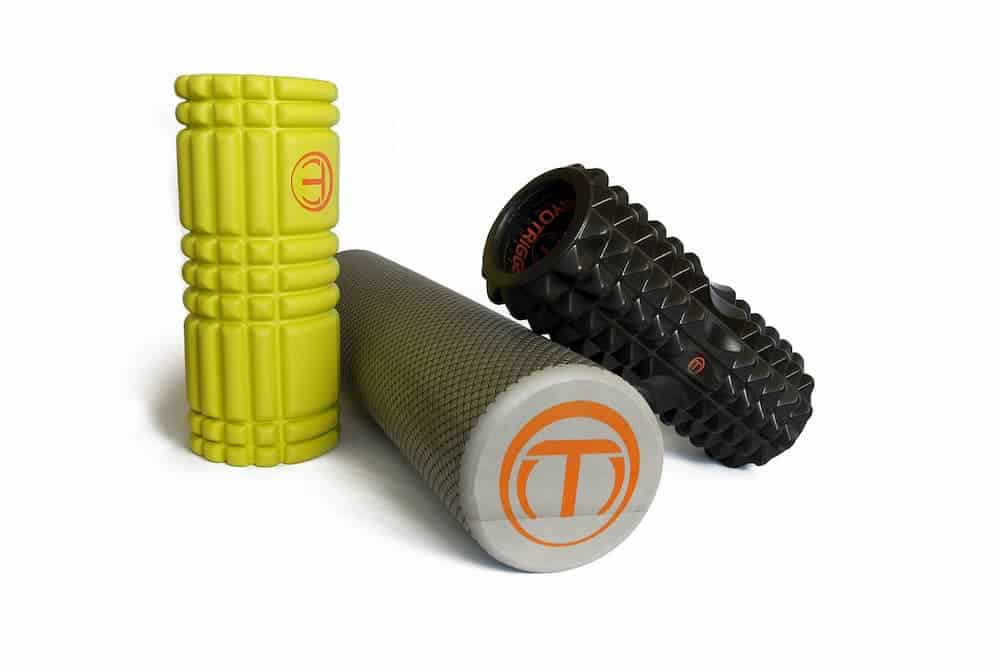
Foam rolling, unfortunately, has gotten a bad reputation recently due to a number of studies. These studies have found that foam rolling does not improve athletic performance. However, the studies also show that it does not decrease athletic performance either. But when comparing a joints range of motion prior to, and post foam rolling positive results have been found. Another reason foam rolling has been thought to be ineffective is that foam rolling is usually done incorrectly.
Why We Foam Roll Incorrectly
If you’re at all familiar with foam rolling you have probably seen someone at the gym rolling back and forth quickly on the roller. While technically they are “Foam rolling”, the reason it doesn’t seem effective is that they are approaching it all wrong. But why do people do it wrong?
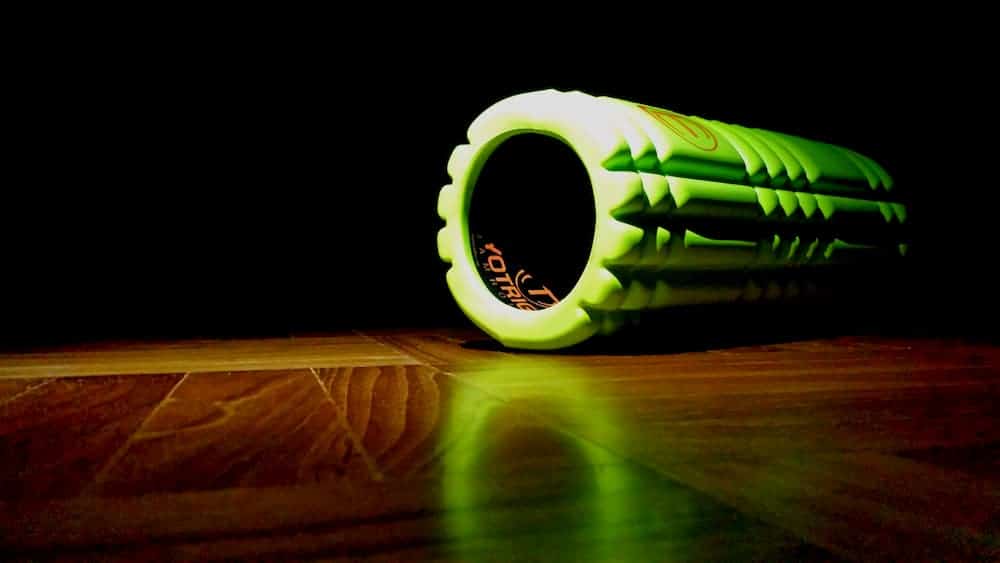
Some believe this is just an education issue, no one ever showed them the right way. While this could be true, I think there is another deeper reason. Foam rolling the right way, SUCKS! That’s the hard truth of the matter. If you are using a foam roller correctly it is not a fun experience. You will spend your time rolling muscles over the dense roller to find points that hurt. Well, that already like sounds fun, but it gets better! Once you find that tender or uncomfortable spot, you need to keep the pressure on that spot until the muscle releases. Not fun!
For a long time, I was guilty of this just as much as anyone else. I also wondered why I didn’t see all the results I was hoping for from the roller. After finishing my Foam Rolling Certification, that’s right, you can get certified in Foam Rolling, I realized that while the correct way is not comfortable and takes longer, the positive results are astronomically higher than what I used to do.
Where Should you Foam Roll?
“So does this mean I have to roll out every inch of my body like the gingerbread man?” Luckily, NO. There are a number of places that you should never foam roll. These include directly on your joints, your spine, and your abdominal area. If you are experiencing issues in these areas I highly suggest contacting your physician. If you are experiencing joint pain and your doctor determines that it is not a structural issue (Bone chips, Arthritis, torn ligaments, or anything of that nature) foam rolling could be very beneficial.
From my experience, a lot of people that experience acute joint pain, usually have a muscular imbalance surrounding that joint. Let’s take a knee for example. People can experience knee pain in a variety of locations. Including above, directly below or on either side of the knee.

After checking with the doctor to make sure nothing is torn, the next course of action would be to stretch the muscles that are connected across the knee. These include your Quadriceps, Hamstrings, Calfs, and adductors. If one of these muscles is tight, from either an injury or from being held in a shortened position for an extended period of time, this can lead to a pulling of the tendons that attach across the knee, leading to pain and discomfort.
The most common groups of muscles that tend to be tight and lead to knee pain are the Quadriceps (front of the thigh) and the adductors (interior thigh). These two groups of muscles can greatly benefit from the correct use of a foam roller.
Common Foam Roller Mistake
A common area that people tend to roll out are the hamstrings. While the hamstrings may feel tight, it is rarely due to the muscles being short and knotted up. Most often it is that they are already stretched from a lovely position called anterior pelvic tilt. We won’t dive into that today but needless to say, if you sit for the majority of your day, there is a good chance you suffer from anterior pelvic tilt and all that comes along with, such as low back pain.
How To Foam Roll
To explain how to correctly use a foam roller we will describe how to properly roll out your Quadriceps muscle. To start you will place the roller on the ground. You will they lay face down next to the foam roller, placing one leg onto the roller just above the knee. You will bring your weight onto your elbows and onto the foam roller.
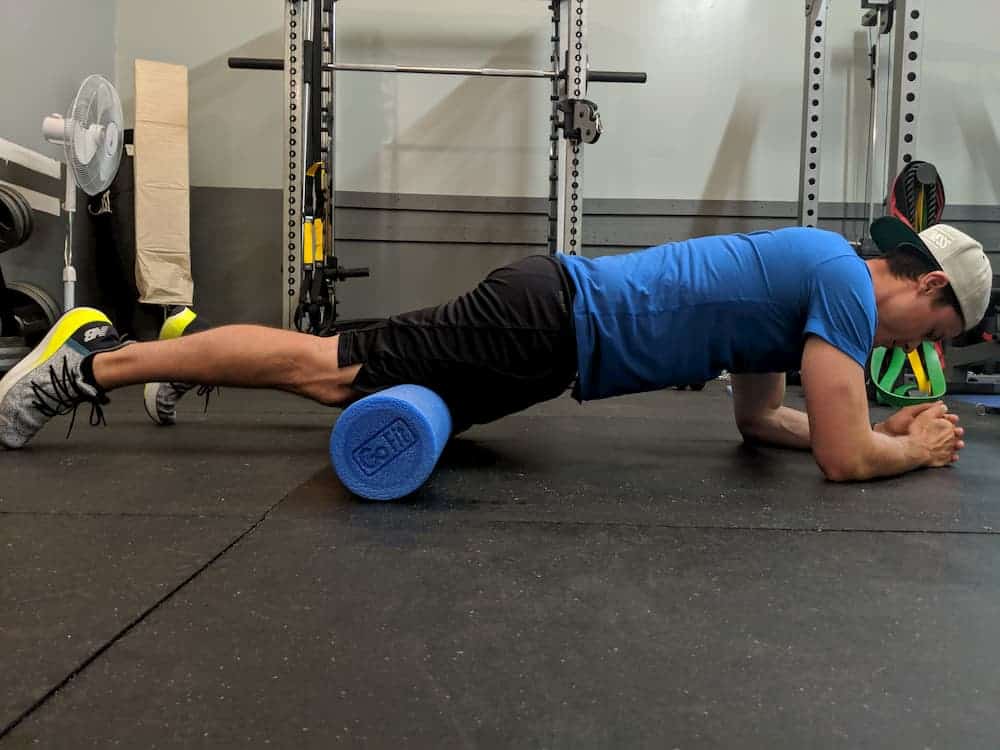
With your weight pressing your quad into the roller you will slowly start to roll up your leg, roughly at a rate of 1 Inch / 1 second. We are looking for areas that cause discomfort. A good way to categorize the uncomfortableness is on a 1 – 10 scale. With 1 being no pain at all and 10 being the worst pain you have ever felt. We are looking for spots that are between a 5 and an 8. Anything lower than a 5 is not worth the time at this moment and anything higher than an 8 should be examined by a professional.
When we find a spot that is between 5 – 8 on the scale of discomfort you will stay on that spot for 30 to 60 seconds. As you are applying pressure to that spot over time you should feel the muscle start to relax and the level of discomfort to start to dissipate. This will not be fun, I promise you that.
Once the pain has lowered below a 5 of is completely gone roll over that spot 4 to 5 more times. After the one spot has been resolved, repeat the process looking for the next uncomfortable spot. I like to break the quadricep into two main areas, Area 1 – from the knee to mid-thigh, and Area 2 – from mid-thigh up to the hip. Start in Area 1 until there are no spots of discomfort, then repeat the process in Area 2.
Your Challenge
Your challenge this week is to correctly use a foam roller. Now you may be saying, “that doesn’t sound like much of a challenge!” but I can assure you, when done correctly it can feel like a challenge. But, with this small sacrifice in comfort, you can see and feel a lot of rewards.
If you are curious about the correct way to roll out different areas of your body, or you are unsure if a pain you are feeling could be remedied with this practice please feel free to email me at kyle@studiofitnessvt.com

